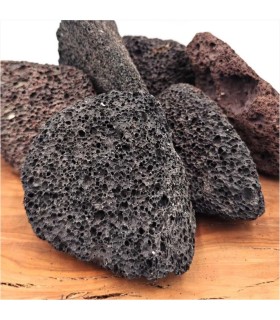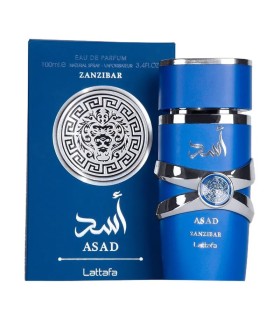Arabic gum has been known for more than 5,000 years since it was used and traded by the Egyptians. It is known that they used it as a thickener in cosmetics, for mummification, in addition to perfumery.
Gum arabic (or E414 gum arabic, gum acacia, according to the list of additives of the European Union) is a polysaccharide of natural origin that is extracted from the resin of trees of the Acacia genus, of which there are more than 700 species, the two main ones being Acacia senegal and Acacia seyal. The gum is obtained as part of the healing process of these trees known as gummosis (gummosis) to close their wounds and thus prevent the entry of germs. It is an amber-colored resin, normally collected by hand once dry.
To provoke its production, parallel and shallow longitudinal cuts of 40 to 60 cm are made. The amount obtained varies greatly between trees (100 to 2,000 g per tree), with an approximate average of 250 g per tree.
Chemically, gum arabic is a polymer of carbohydrates, which during digestion is partially degraded in the large intestine.
Gum Arabic in natural form is found mixed with some minerals such as calcium, magnesium and potassium and structurally it is a highly branched polysaccharide formed by a main chain of ß-1,3-galactopyranose units to which are attached rhamnopyranose residues, arabinopyranose , arabinofuranoses, glucuronic acid and 4-O-methylglucuronic acid.
Properties
Applications
Arabic gum has been known for more than 5,000 years since it was used and traded by the Egyptians. It is known that they used it as a thickener in cosmetics, for mummification, in addition to perfumery. After havingr fallen into oblivion was rediscovered by European navigators in the fifteenth century in sub-Saharan Africa. It was even the cause of the "Rubber War" in the 18th century, after which France was left with a monopoly on the European market.
For flavor emulsions, the best option is still Acacia senegal, in addition to recent studies it has been revealed that it is a very good emulsifying agent because its amino acids enhance the emulsifying action of carbohydrates. Although new studies show that other species, such as Acacia laeta and Acacia tragacanthum, have strong emulsifying properties.
































